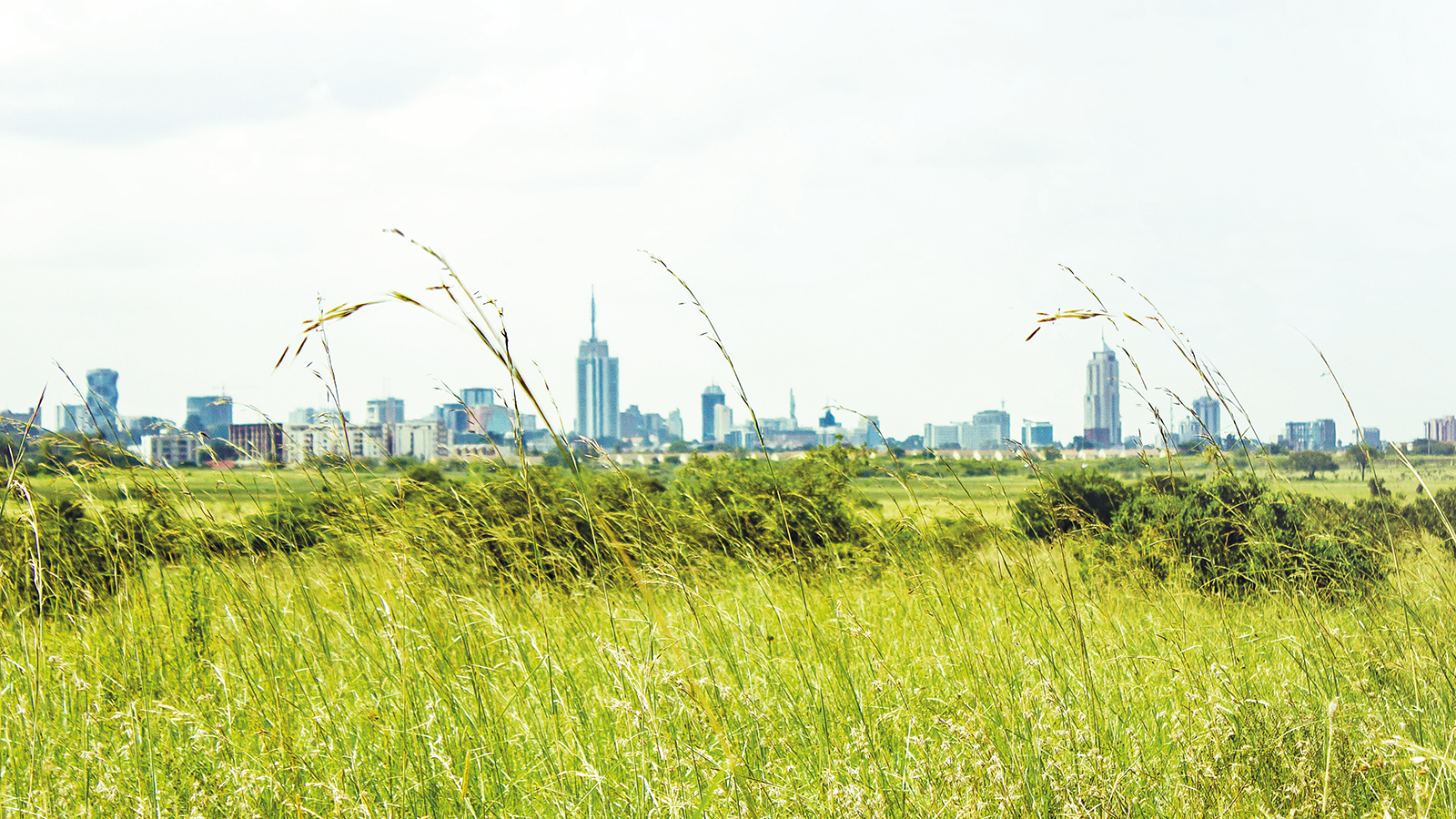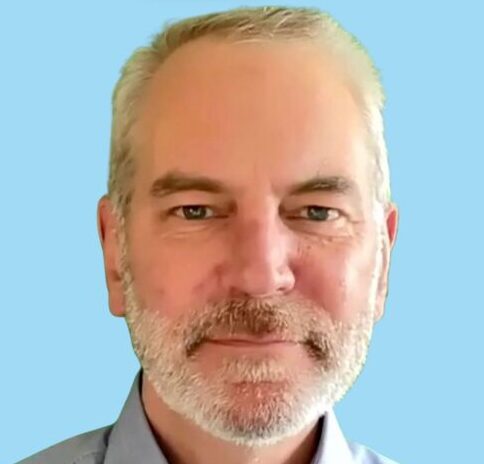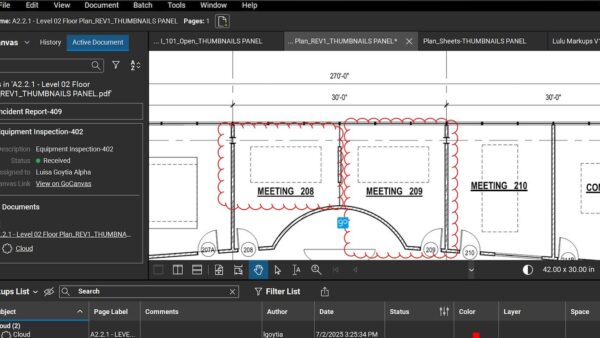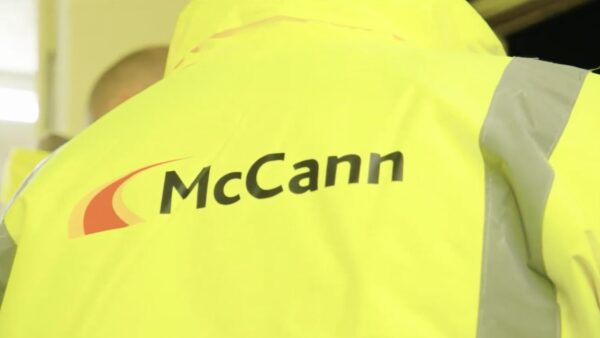
Making Nairobi, one of Africa’s biggest cities, greener is a vast and complex task. Rod Sweet speaks to a team of researchers proposing a city-wide digital twin that might make it happen.
Nairobi City County – comprising mostly Kenya’s capital city, Nairobi – wants to be greener. That means more trees and green space, fewer emissions, less embodied carbon, more wetlands and richer biodiversity. For instance, the city aspires to the UN Habitat recommendation of 9 sq metres of green space per capita.
But such an endeavour would be highly complex in a busy, densely populated city. It would also be hugely expensive: it’s estimated that all the necessary interventions could end up costing around US$500m (£391m) to implement. Jumping in without understanding the knock-on effects of this or that measure could cause more harm than good.
That’s why interest is growing in a unique initiative led by Nairobi’s Centre for Science and Technology Innovations (CSTI), a UNESCO-associated environmental research institute, and supported by partners including UK’s Glasgow Caledonian University, to create a digital twin of the entire county with a view to optimising urban greening, water management and other sustainability efforts.
It would integrate sensor-based environmental monitoring and advanced modelling to provide insights on everything from urban heat islands and biodiversity to flood management and charcoal production to inform policy decisions and infrastructure development.
Simulating complex systems
Digital twins integrate real-world sensor data with virtual models to simulate complex systems. If you can see how all the components of a complex system fit together, you can simulate what will happen if you altered part of it by adding new inputs or taking some away.
Dr Cecilia Wandiga is executive director of CSTI and a keen proponent of the digital twin proposal. She gives the example of constructing wetlands for treating water.
“They look like flower or reed beds, and we know they can do residential water treatment at one-sixth of the cost of a regular, centralised water treatment plant,” she says.
“So, if we put biochar and membrane filters in there, we’re hoping to be able to take on some of the industrial effluent. Sensors can give real-time feedback on the water quality and the pumps.”
That makes it sound simple, but it isn’t: “In so many areas of Nairobi, the right of way for ground-based water pipe distribution is not available. So they’ve come up with rainwater storage tanks, and so if we can take that and pump that into an aerial water system, then not only are we testing the quality of the water, we’re testing the retention capacity of that constructed wetland, which is about a tenth of the regular size of a normal engineered wetland.”
Master’s programme
Over in the UK, physicist and professor of chemical engineering Don McGlinchey leads the Digital Transformation and Intelligent Maintenance Research Group at Glasgow Caledonian University. The group has developed a new master’s programme in data analysis for engineering applications, and he is leading the development of instrumentation, data acquisition, big data analysis and visualisation for the Nairobi digital twin.
“We’re now looking at how we can combine behavioural models with mechanics and with machine learning techniques,” he says.
“It’s a kind of variation on physics and field neural networks, what we’re doing at the minute. And we’re looking at can we not just detect individual faults, which other people do, but if we say you get two different faults occurring in that system at the same time, can we diagnose which two faults are occurring and can we specify the severity of those faults? And the next stage would be: OK, so we’ve now diagnosed them, can we make a prognosis to say, well, what do we do to the system to deal with those faults?”
Water management is just one part of what the project proponents want to model. A full digital twin would require temperature sensors to measure urban heat island effects, and camera systems to track bird and insect populations.
The model would optimise locations for green spaces, industrial zones and wildlife corridors, and predict the impacts of building orientation, materials and configurations of energy use. It could simulate traffic patterns, pollution dispersion, the impact of transportation policy changes and even project revenues from things like urban forestry.
Green bonds
Funding is not yet secured and CSTI is exploring green bonds and impact investing options to finance the initiative. Wandiga expects to forge an agreement with Nairobi City County when sufficient funding is obtained. In the meantime, project proponents are developing a consortium to own and manage the model, expanding collaboration with universities, and starting pilots to validate initial models.
The Chartered Institute of Building (CIOB) welcomes the initiative. Its head of environmental sustainability, Amanda Williams, says: “The CSTI project is extremely innovative and, if funding is secured, will provide an opportunity to look at a range of sustainability issues within the city at a system level.
“This will mean policy decisions can be made with a high degree of confidence there won’t be unintended consequences and also ensures decision-making delivers positive outcomes for communities and the natural environment.”















